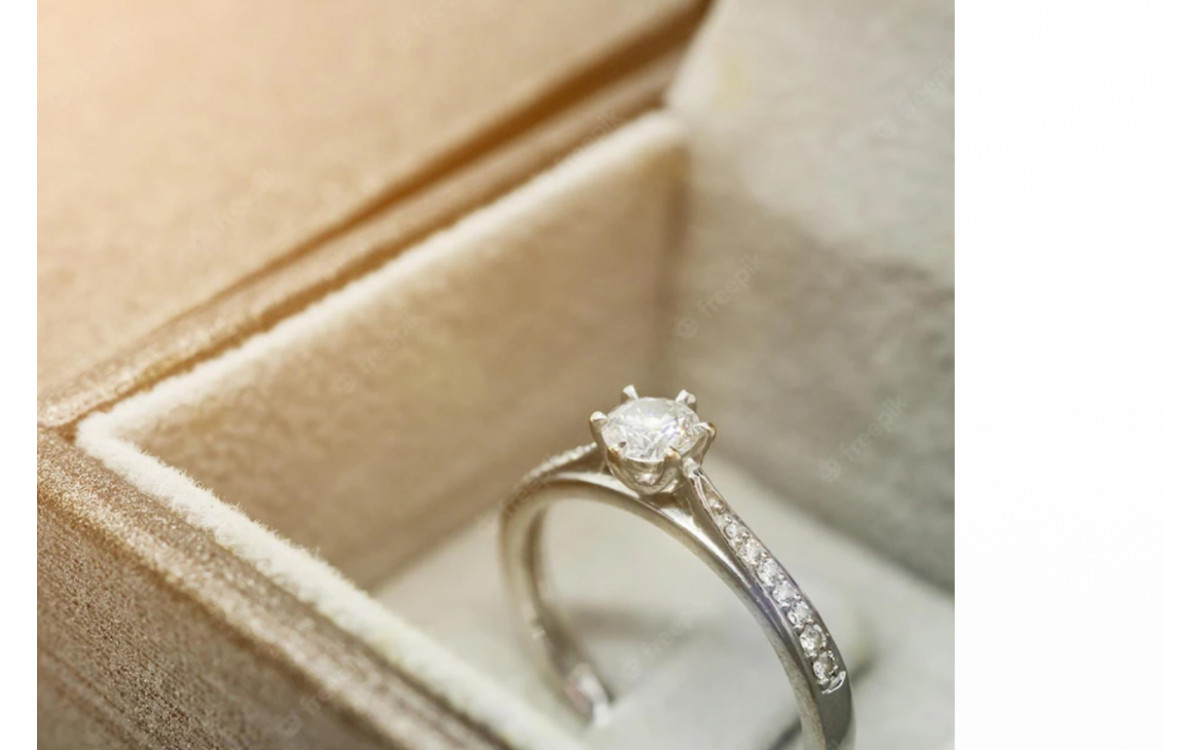In recent years, there has been something of a recycling revolution, with everything from circuit boards to vinyls finding a new life in commerce. Recycling items like plastic and paper comes naturally to us, but how does melting down silver work? Can fine silver be recycled as it originates from non-renewable natural resources?
Continue reading to learn more about recycled sterling
silver jewelry, and why it's important to make a change.
What is recycled sterling silver?

Recycled sterling silver is an eco-friendly and sustainable choice for jewelry designers and consumers alike. Sterling silver is an alloy of silver containing 92.5% pure silver and 7.5% other metals, usually copper. Recycled sterling silver is recycled from existing sterling silver jewelry, flatware, or other objects.
The recycling process begins by breaking down the
existing sterling silver into its component parts. The pure silver is then
separated from the other metals and melted down. Once in liquid form, the
recycled sterling silver can be cast into new jewelry designs or recycled again
in the future. By choosing recycled sterling silver, jewelers and consumers can
help to reduce the environmental impact of mining new silver and extend the
life of existing sterling silver products.
Is recycled sterling silver as high quality as non recycled sterling silver?

Of course, it is! When sterling silver is removed from worn sterling silver products, its purity is not diminished. The clod of silver created at the conclusion of the process after melting down a sterling silver object is still pure silver. Therefore, 92.5 percent pure silver is retrieved when 925 sterling silver jewelry is recycled.
In reality, collectors frequently meltdown enormous
amounts of silver into molten silver and reset them into blocks because it is
more cost-effective to do so than to try to sell on individual things, in case
you needed further evidence. In this procedure, no silver loses its purity.
How do people recycle sterling silver?

The most popular method is large-scale recycling, which often occurs on a commercial or industrial basis. In order to reuse silver in the production of new industrial goods without having to purchase additional raw silver, this procedure acquires enormous amounts of silver by removing it from things used in the general industry.
However, the firm recycling the silver is responsible
for the procedures utilized. As we are all aware, the melting of sterling
silver is done so that the silver may be separated from the other metals, such
as copper or zinc, with which it is alloyed. To separate the metals in these
situations, however, other techniques are employed, such as adding acids like
nitric acid or sulfuric acid, using heat, or utilizing an electric current.
Saving energy

These methods of recycling metals can significantly reduce energy use and carbon emissions. For instance, businesses who utilize recycled aluminum for manufacturing aluminum goods save around 95% more energy than those that use raw materials.
The extraction of metal ore requires a staggering
amount of power and energy, in addition to continual smelting and processing
processes that produce greenhouse gases. Recycling metal may reduce greenhouse
gas emissions by 300 to 500 million tons. The recycling of sterling silver is
the same. Recycling silver produces far less CO2 emissions, pollution, and
energy waste than other recycling processes.
Help the rainforest and save animal lives

Our rain forest loses hundreds of acres to metal
miners. Numerous trees have been cut down and burnt to make room throughout the
years. Complex plant and animal ecosystems are destroyed, habitats are gone,
and both plant and animal life perish as a result of this deforestation.
Anywhere that metals are extracted, environmental damage is done permanently.
The air may also be impacted by mining. The air and
water are contaminated by toxic chemicals. Mining can also result in
environmental hazards like landslides.
Recycling metal cuts the amount of trash from mining by
an amazing 97 percent.
How can individuals recycle their silver items?

Very simply. Jewelry made of sterling silver can also be sold to jewelry stores, who will melt and recast it to make brand-new pieces of jewelry of the highest quality. You may even give your jewelry collection to any number of charity stores if you're in the mood to be kind.
Sending your silver pieces to a jeweler for modification is another option to recycle them. What begins as a sterling silver necklace that you don't want might become your new favorite bracelet! Even while this technique has an upcycling flair, it still counts as recycling.
What brand in Vietnam uses recycled silver to make their jewelry
Shinera Jewelry is a jewelry brand in Vietnam that makes
beautiful, delicate pieces out of recycled silver. Using recycled silver helps
to reduce mining waste, and Shinera is also committed to using eco-friendly
packaging and shipping materials. In addition to being environmentally
friendly, Shinera's jewelry is also affordably priced, making it accessible to
a wide range of customers. The brand has quickly become popular in Vietnam, and
it has even started to gain international attention. If you're looking for
stylish, sustainable jewelry, be sure to check out Shinera Jewelry.



